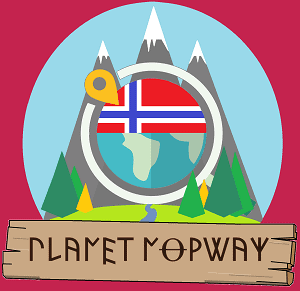Norway is famous for its outstanding views and landscapes. However, there is much more to this north European nation than that.
This includes everything from Its Viking heritage, the food, the people, and their culture as well as some interesting facts and places in this arctic nation.
In this article, I’ll share with you a list of 14 things that put Norway on the world map
- The Fjords
- The midnight sun
- The Lofoten peninsula
- The Svalbard global seed “Doomsday” vault
- The Viking heritage
- Polar bears
- The Voss Water
- The high standard of living
- Skiing
- World-class Salmon
- Trolltunga
- “Bryggen” Bergen’s UNESCO world heritage site
- The Nobel peace prize
- The winter Olympics
- Closing remarks
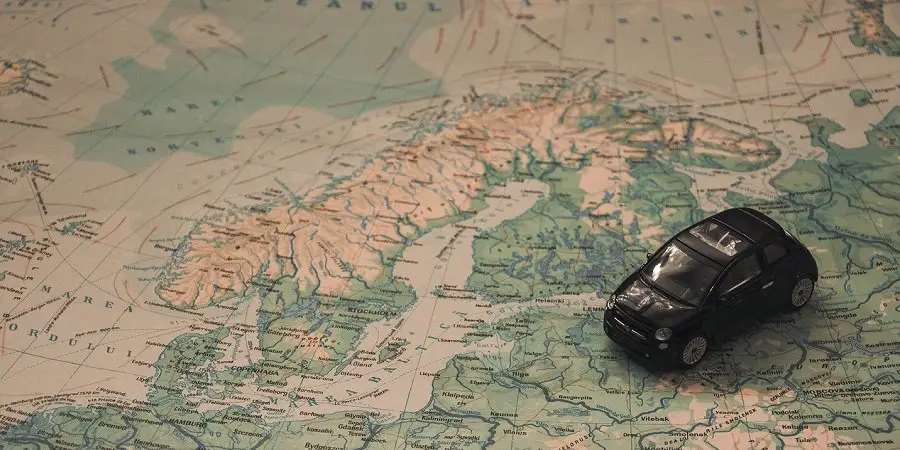
The Fjords
Majestic long narrow inlets surrounded by steep cliffs left behind by melting glaciers. When thinking about Norway that’s the first thing that comes to mind.
In fact, Norway’s so famous for these magnificent formations, that we borrowed the word fjord from the Norwegian language to name them!
If you’re interested in seeing them with your own eyes you’ll have to visit the rugged west coast of Norway.
Perhaps the most famous fjord in Norway is the Sognefjord. It’s the deepest fjord on the whole earth reaching over 1300 meters! It’s a perfect destination for long walks and breathtaking views.

The midnight sun
Norway is sometimes referred to as the land of the midnight sun, as it is one of the very few locations where sunset merges into the sunrise, with no darkness in between.
The midnight sun is a natural phenomenon that occurs during the summer in places north of the Antarctic Circle in Northern Norway.
This fascinating natural phenomenon has made a lasting impression on several Norwegian artists and writers over the years and continues to draw and fascinate thousands of tourists every year.
If you’re not afraid of the chilly summer nights in the north, you could try a midnight swim, hike, or kayak ride.
Alternatively, you could find the perfect spot to camp your tent and experience this soothing natural phenomenon among some of the most spectacular nature in the world.
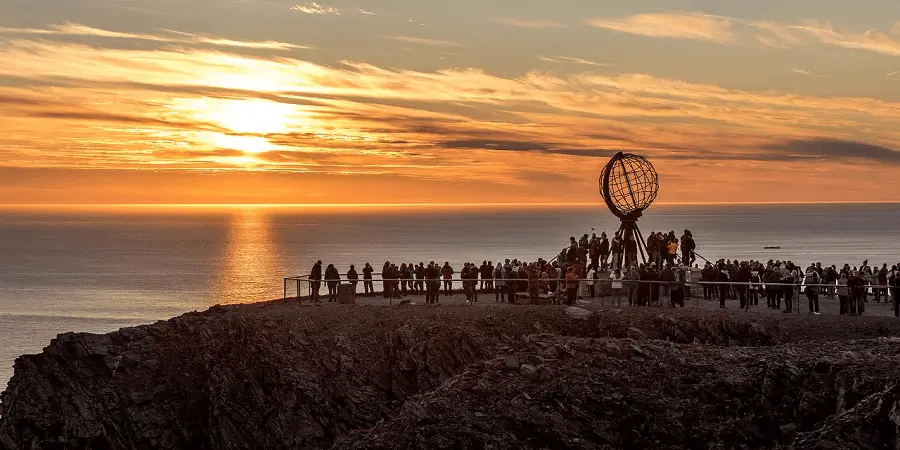
The Lofoten peninsula
Another wonder Norway is famous for are its magical northern lights. And there’s no better place to experience them than the Lofoten Islands.
Located in the northern part of Norway, Lofoten offers breathtaking natural wonders on every step you take. Ragged mountains and deep blue waters create together a landscape you won’t find anywhere else.
During the summer, you can experience the “midnight sun.” A phenomenon where the sun shines continuously without setting for over ⅓ of the year!
Winter doesn’t disappoint either! In January when the sun barely shows on the horizon you can experience spectacular sunrises that can last up to 4 hours! If that’s not a paradise for photographers, I don’t know what is.
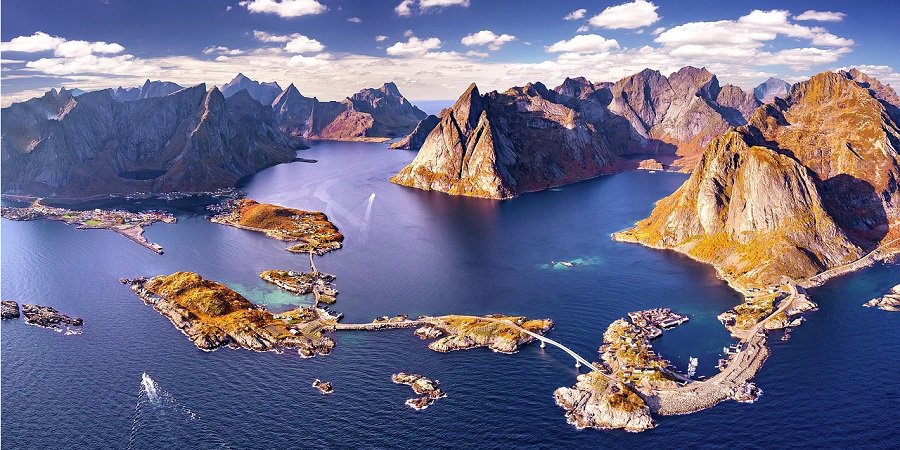
The Svalbard global seed “Doomsday” vault
At first glance, the Svalbard archipelago might look like not a particularly interesting place. It’s isolated and cold, and not many people live there.
But that’s precisely what makes it the best place for one of perhaps the most crucial institutions in the world. The Seed Bank of Svalbard.
Nicknamed the “Doomsday Vault” it holds over a million plant seeds from all around the globe preserved in permafrost.
Due to its remote location and the grim reason for its existence, it caught the attention of several media outlets, including CNN, Motherboard, and Vice.
The Viking heritage
Alongside its Scandinavian neighbors, Norway was once a place inhabited by famous Vikings.
Although they’re mostly known for their fighting skills and raiding voyages, fighting was only a small part of the Viking culture.
More often than that they were recognized as great tradesmen, shipbuilders, and explorers. In fact, it is widely believed that the Norwegian Viking explorer Leif Erikson Discovered North America half a millennium before Christopher Columbus.
Many remnants of the old Vikings have been found all over Norway. Being proud of their heritage, many of these Viking relics can be found displayed in museums all around the country.
One of the most famous Viking artifacts to be discovered is the Oseberg Viking ship which is on display in Oslo.
Polar bears
There are those that believe that Norway is always covered in snow and has polar bears roaming the streets.
While this is not true, Norway, or more specifically, the Svalbard islands are one of the best places to go to see polar bears in the wild.
Despite the ongoing challenges due to climate changes, polar bears are still a regular feature on the islands and can be seen here all year around.
You can go polar bear hunting from the comfort of a ship, as they can be spotted hunting on the ice floes in winter, and roaming the shorelines, looking for food, during summer.

The Voss Water
Perhaps you’ve had a taste of Voss Water before. It got quite popular after being featured in the 2015 version of the James Bond movie “Spectre.”
But few people know that this high-end mineral water comes from Norway. Initially, it was sold exclusively in high-end hotels and restaurants but since then it became much more available, you can buy it on Amazon.
In line with Norwegian care for the environment, Voss water production is completely carbon neutral!
The high standard of living
In 2021 researchers named Norway the best country to live in.
A big part of that is playing the robust and diverse economy that helped the country fare through various economic crises.
What really sets Norway aside from most other countries is the system of social benefits and public healthcare.
In contrast to places like the US where healthcare must be funded privately Norwegians can easily get the necessary medical help and annual checkups. It’s no wonder that people there live on average up to 82 years old!
Skiing
Due to its location in the far north of the northern hemisphere and an average elevation of 500 meters (1600 feet) Norway gets plenty of snow during winter.
As a consequence, there are plenty of opportunities to go skiing in Norway. The season can start as early as October in the mountains and lasts all the way into April.
Whether you enjoy alpine skiing in state-of-the-art ski resorts like Trysil, Geilo, and Hemsedal or cross-country skiing in the mountainous terrain, Norway has both.
Skiing is also Norway’s national sport and one of the most practiced sporting activities throughout the country.
If you are visiting during winter, don’t hesitate to book a weekend trip to the mountains to enjoy some great skiing.

World-class Salmon
Norway has plenty of rivers that have offered some of the best salmon fishing for over 100 years.
Since the 1980s, Norway has also developed a large salmon farming industry that offers a more sustainable protein source throughout the world.
Salmon farming has also made this delicious fish more affordable compared to salmon caught in the wild.
Today, Norway is the biggest exporter of farmed salmon in the world. According to Tridge, Norwegian exports accounted for over 20% of the total global market share.
Norwegian salmon is by many considered to be the best salmon in the world. If you happen to visit, make sure to get a taste of some of the best salmon the world has to offer

Trolltunga
Trolltunga is a rock formation situated about 1,100 meters above sea level in Ullensvang Municipality in Vestland county, Norway.
The cliff juts horizontally out from the mountain, about 700 meters above the north side of the lake Ringedalsvatnet.
The name translates to “the troll’s tongue” in English due to its shape. Even though the hike to get there is quite demanding, the unique rock formation combined with the spectacular view makes it worth the effort.
Tourists seem to agree, as it is one of the most popular destinations for tourists to get the perfect photo from their trip to Norway.
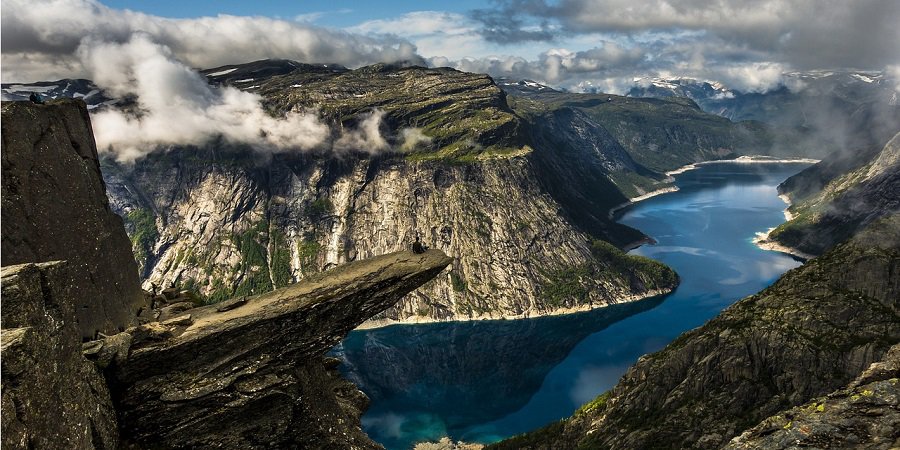
“Bryggen” Bergen’s UNESCO world heritage site
Bryggen in Bergen is a series of Hanseatic heritage commercial buildings lining up the eastern side of the Vågen harbor in Bergen, Norway’s second biggest city.
The harbor developed around 1350 when the Hanseatic League established a trading post there.
As the town developed into an important trading center, the wharf was improved and the buildings of Bryggen were gradually taken over by the Hanseatic merchants.
One of the earliest pier constructions has been dated to around 1100, but the existing buildings are of a much later date. However, some of the oldest buildings in the area are from 1702, which is very rare for wooden structures.
The charming wooden houses and the narrow streets between them make for a historic site that has been on the UNESCO list of World Cultural Heritage sites since 1979 and is one of the most visited places by tourists every year.
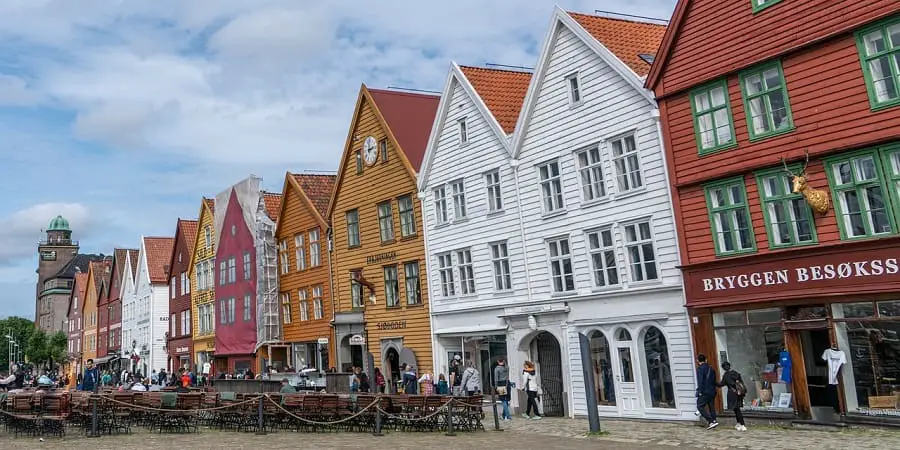
The Nobel peace prize
It’s safe to say that pretty much everybody knows what a Nobel Peace Price is.
It’s one of the five Nobel Prizes established by the will of Swedish industrialist, inventor, and armaments manufacturer Alfred Nobel.
But did you know that the recipient of that price is selected by the Norwegian Nobel Committee, a five-member committee appointed by the Parliament of Norway?
The winner receives his prize during the ceremony held in Oslo accompanied by a concert performance streamed on television all across the globe.
The winter Olympics
Norway is well known as a winter sport nation. Mountainous terrain and the abundance of snow have helped it produce countless Olympic-level athletes.
Despite this advantage, the achievements of Norwegian winter athletes are much more impressive than you might think.
For a country with only 5 million inhabitants, Norway won more Winter Olympic medals than any other nation! Because when it comes to spots, quality beats quantity!
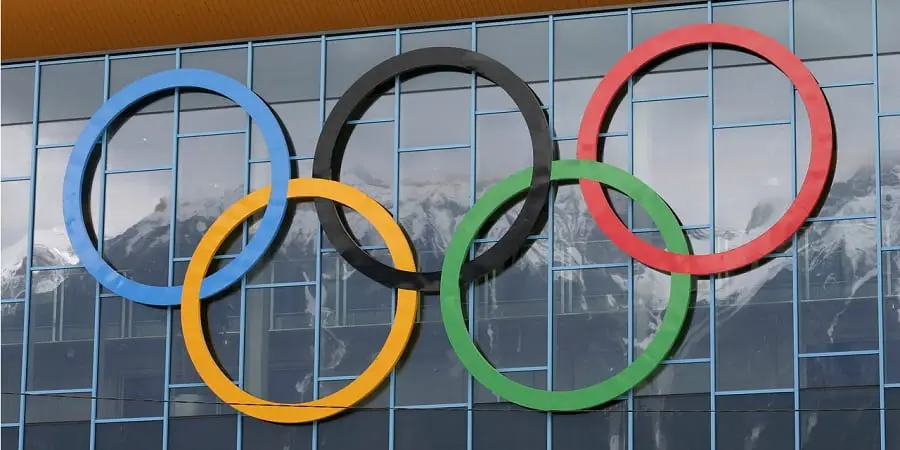
Closing remarks
There you have it, 14 things that have helped put Norway on the world map.
As a proud Norwegian, I could make this list could go on and on, but these are some of the things that have received some recognition in recent years.
There are so many fascinating aspects of the country, from its stunning nature to the humble, yet proud population.
Nothing beats seeing it with your own eyes, and now you know some of the famous things about one of the Scandinavian sisters there is no reason why you should make Norway your next destination to explore.
